International Day of the World’s Indigenous Peoples on 9 August is a day to celebrate the contributions of the 476 million Indigenous peoples worldwide, with the theme of the role of Indigenous women in preserving traditional knowledge.
Equator Prize 2022 winners showcase Indigenous and local solutions for people and planet
Originally published on 8 August 2022 by UNDP
Authors:
- JAMISON ERVIN, Manager, Global Programme on Nature for Development, UNDP
- ANNA GIULIA MEDRI, Programme Management Specialist, Equator Initiative, UNDP
Women from the Sunkpa Shea Women’s Cooperative in Ghana carry tree seedlings. The Indigenous, women-led cooperative sets an example for sustainable commodity production. Photo: Equator Initiative/A Rocha Ghana
International Day of the World’s Indigenous Peoples on 9 August is a day to celebrate the contributions of the 476 million Indigenous peoples worldwide, with the theme of the role of Indigenous women in preserving traditional knowledge.
As the world faces a twin planetary crisis of biodiversity loss and climate change, scientists and policy makers are racing to find solutions. Increasingly, they are recognizing that the traditional knowledge of Indigenous peoples and of local communities could well provide some answers and viable, cost-effective solutions. For example, the authors of a recent national environmental assessment in Australia have for the first time recognized the importance of Indigenous knowledge in avoiding catastrophic fires, and a new federal program in Canada provides funding for Indigenous coastal guardians, in recognition of their unique knowledge. This is a radical departure from the past, when the knowledge and efforts of Indigenous peoples have been marginalized or discredited.
The emerging recognition of the importance of Indigenous knowledge of the natural world is part of a broader dawning awareness that there are cracks in our global capitalist system – cracks that if allowed to continue to grow, pose an existential threat to humanity. The front-page headline from the Financial Times in 2019, “Capitalism. Time for a Reset,” summarizes what is needed – a profound transformation in the global status quo on how we protect, restore and manage natural resources, respect Indigenous rights, women and youth, and how we transform our business and economic systems.
This year marks the 20th anniversary of the first Equator Prize, a UNDP-led partner initiative that recognizes Indigenous peoples and local communities from around the world who use sustainable nature-based solutions to achieve their local development needs. Joining 264 winners from the past, this year’s 10 winners, selected from a pool of over 500 nominations from 109 countries, represent the profound social and economic transformations needed to reset our current trajectory.
This year’s International Day of the World’s Indigenous Peoples is a timely reminder of the profound transformations we need now, and the need to foster the vital role of women in the intergenerational transmission of knowledge at the core of Indigenous identity, culture, and heritage. This year’s Equator Prize winners are an inspiration that these transformations are already underway, and that effective women-led nature-based solutions and traditional practices are at hand.
Safeguarding Indigenous rights, safeguarding our future
The RED TICCA "Territorios de Vida en Argentina" is a consortium of Indigenous peoples throughout Argentina that conserves more than 3.5 million hectares of “Territories of Life,” through the largest Indigenous Conservation and Conserved Area network in the country. This network allows them to maintain their legal rights and ensure that their cultural values are integrated into public policies.
Building resilience through seed diversity
The Associação Rede de Sementes do Xingu from Brazil brings together women from 25 Indigenous and agricultural communities to collect and commercialize over 220 different species of seeds for large-scale ecological reforestation of the Amazon and the Cerrado. In doing so, they have generated more than $700,000 in local incomes, financially empowering Indigenous women throughout the region.
Creating new legal frameworks for inclusive governance of natural resources
The Mbou-Mon-Tour initiative from the Democratic Republic of the Congo has developed an Indigenous-led system of ecosystem conservation that promotes the coexistence of Indigenous peoples and local communities with local Bonobo populations, an endangered species, through a legal framework of local community forest concessions designed to protect native biodiversity and respect local customs.
Restoring nature, restoring our future
The Coordinadora Nacional para la Defensa del Ecosistema Manglar of Ecuador (C-CONDEM) promotes community reforestation of mangrove forests, reclaiming areas deforested by industrial aquaculture and promoting an alternative model of sustainable and inclusive land use. The women-led initiative has pushed for national and global restoration of mangroves, which helped lead to the proclamation of a UNESCO International Day for the Conservation of Mangrove Ecosystems.
Putting Indigenous women at the forefront of conservation efforts
The Organización de Mujeres Indígenas Unidas por la Biodiversidad de Panamá in Panama is an Indigenous, women-led organization that builds capacity in biodiversity, climate change, and traditional conservation techniques, with a focus on protecting jaguars and preserving both their territory and culture.
Creating a generation of Indigenous youth leaders
The youth-led Mauberema Ecotourism, Nature Conservation, Education Research & Training Center in Papua New Guinea is breaking barriers in the field of conservation by leading a consortium of Indigenous community-based organizations to conserve their ecosystems, and is partnering with local universities to encourage Indigenous youth to become the future of conservation workers in Papua New Guinea.
Planning for a nature-positive future through sectoral plans and laws
The Organisation Écologique des Lacs et de l’Ogooué of Gabon (OELO) has successfully created a sustainable solution to freshwater resource management in and around Gabon's largest Ramsar site - the Bas Ogooué by creating the first community-written sustainable freshwater fisheries management plan. The plan, signed into law in 2018, has improved the lives of local fisherfolk and created numerous alternative economic opportunities in the region.
Changing narratives about people and nature
The Ocean Revolution Moçambique initiative is empowering the local communities surrounding Inhambane Bay to play a central role in deciding how to best conserve their marine resources. By encouraging the community to become an active participant in their conservation efforts, the organization is reshaping ecotourism and rewriting the narrative about the role of nature in local development.
Creating a new, nature-positive economy
Working in the Trincheira Bacajá Indigenous area in Brazil, Associação Bebô Xikrin do Bacajá has developed a sustainable production system of coconut oil. The Xikrin women have turned the community’s ancestral knowledge into an income-generating opportunity that funds the conservation of their lands.
Building community-centred sustainable supply chains
The Sunkpa Shea Women's Cooperative of Ghana, an Indigenous, women-led cooperative, is setting an example for sustainable commodity production through their shea butter production cooperative. The group managed to integrate their organic production into international supply chains, while improving the lives of 800 women.
Learn more about the winners on the Equator Initiative’s website, and join us for a celebration on 30 November at the virtual Nature for Life Hub.
Retrieved from https://www.undp.org/blog/equator-prize-2022-winners-showcase-indigenous-and-local-solutions-people-and-planet
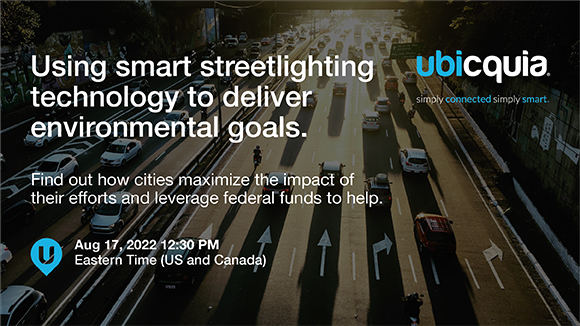






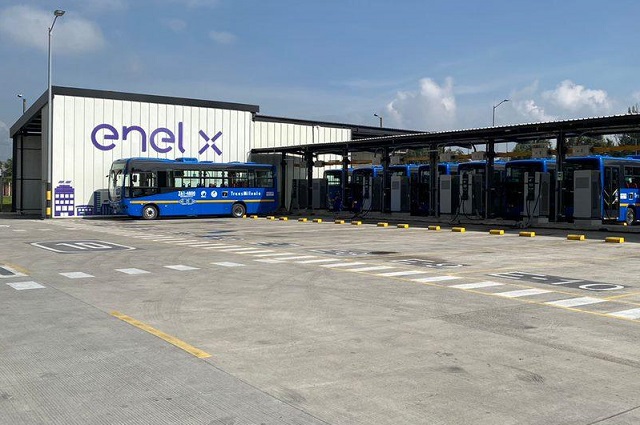

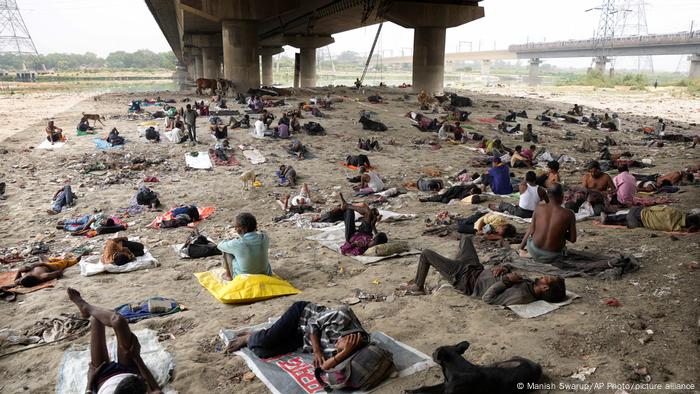
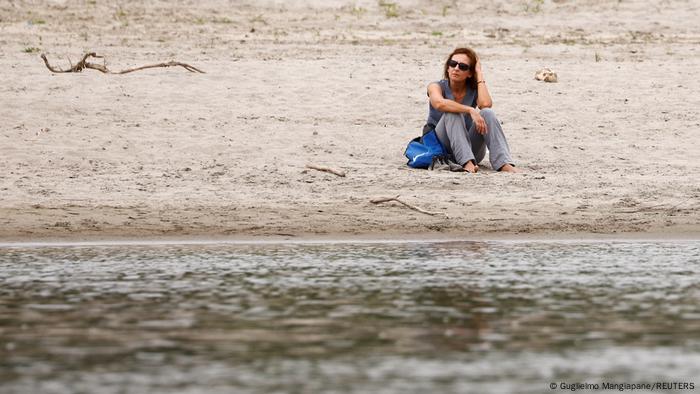

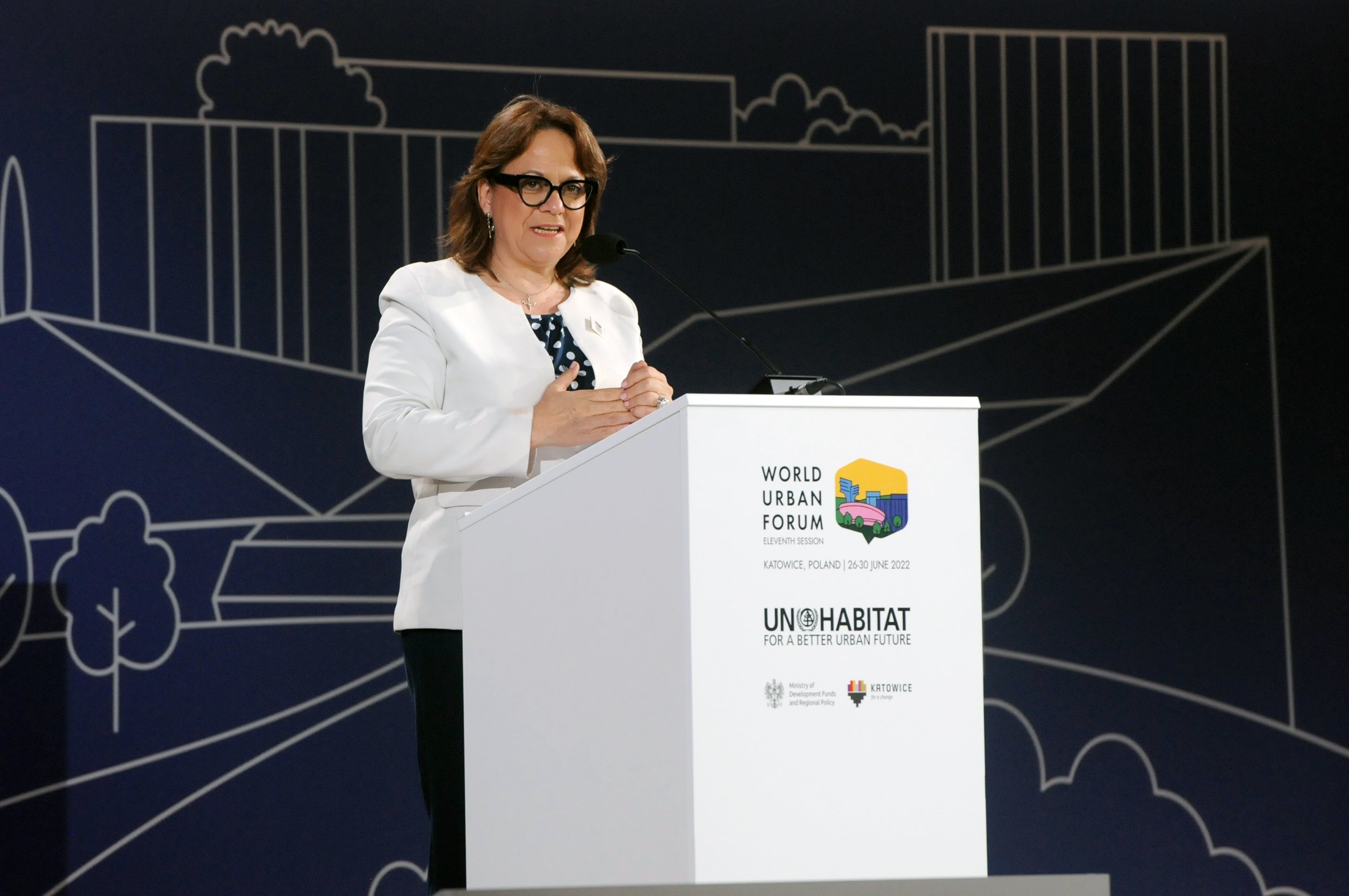
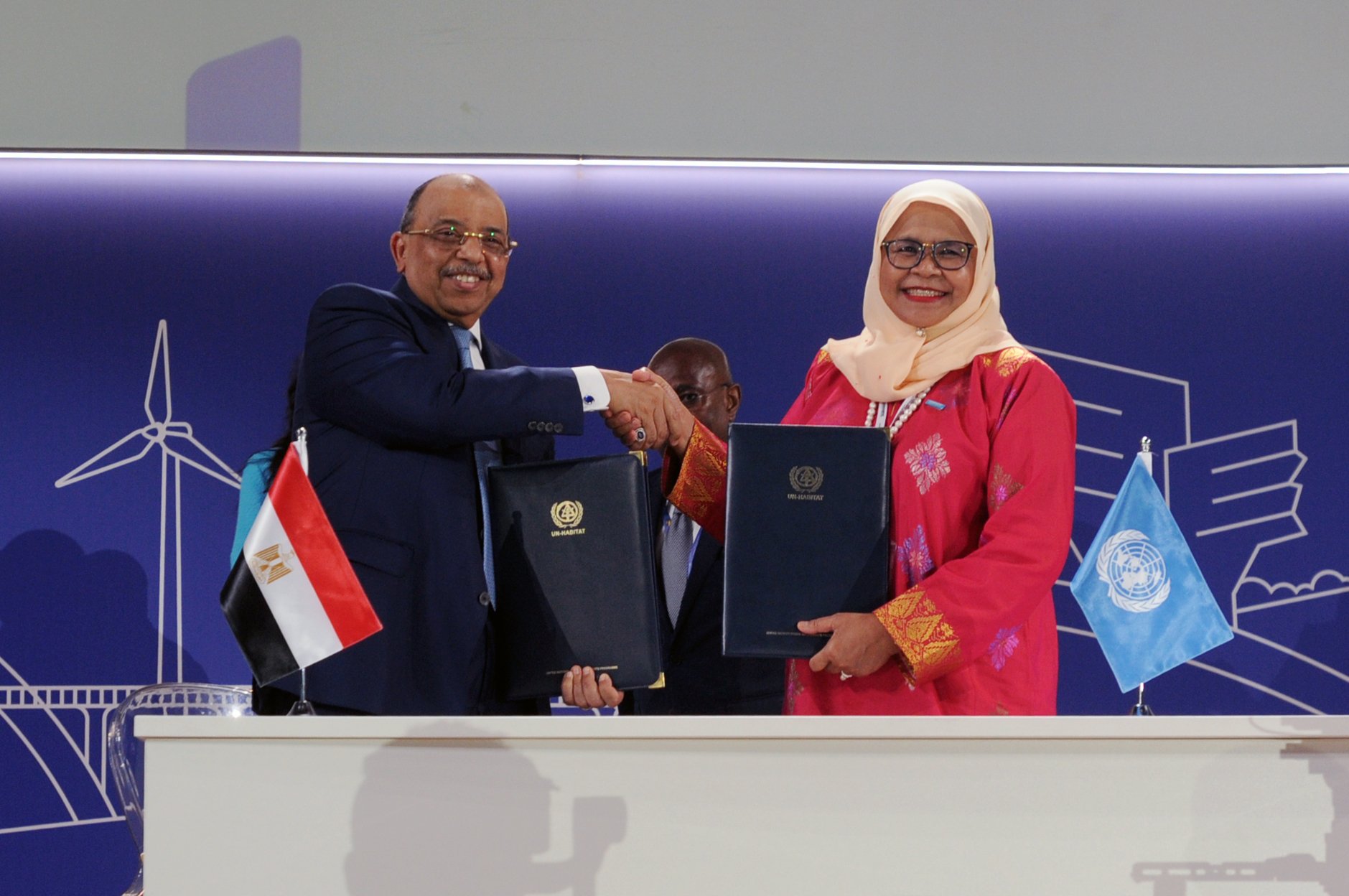
.jpg?auto=webp)
.jpg?auto=webp)
.jpg?auto=webp)
.jpg?auto=webp)
.jpg?auto=webp)
.jpg?auto=webp)
.jpg?auto=webp)
.jpg?auto=webp)
.jpg?auto=webp)
.jpg?auto=webp)
.jpg?auto=webp)
.jpg?auto=webp)
.jpg?auto=webp)
.jpg?auto=webp)
.jpg?auto=webp)
.jpg?auto=webp)
.jpg?auto=webp)
.jpg?auto=webp)
.jpg?auto=webp)
.jpg?auto=webp)
.jpg?auto=webp)
.jpg?auto=webp)
.jpg?auto=webp)
.jpg?auto=webp)
.jpg?auto=webp)
.jpg?auto=webp)
.jpg?auto=webp)